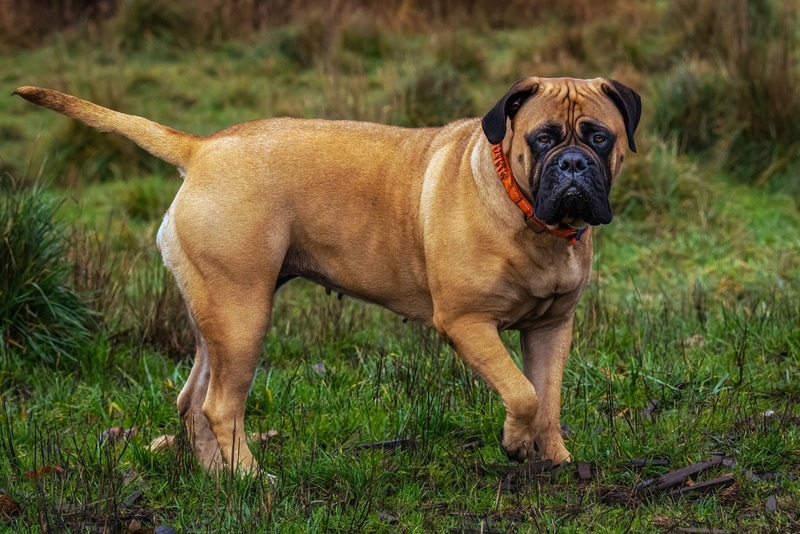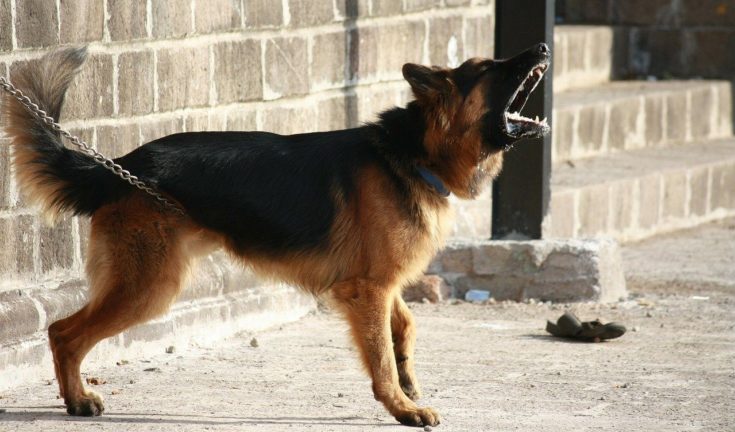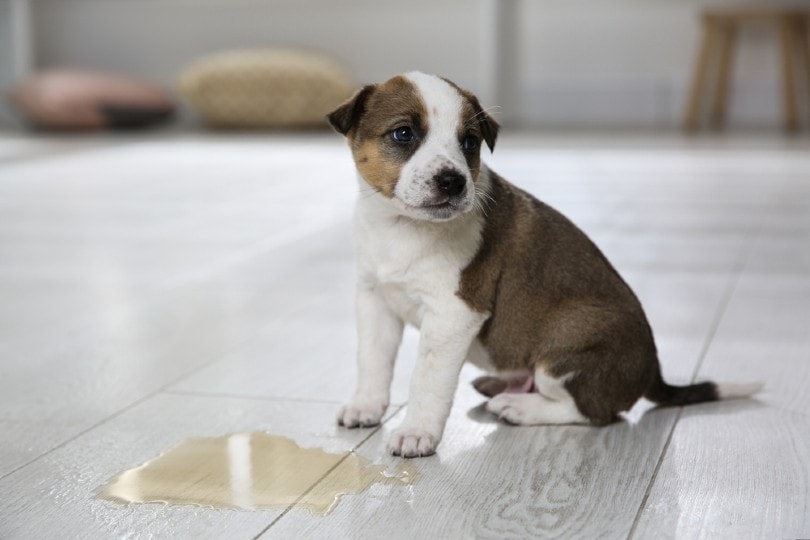Are Great Danes Good With Cats? Vet-Reviewed Cohabitation Facts & Advice

Updated on
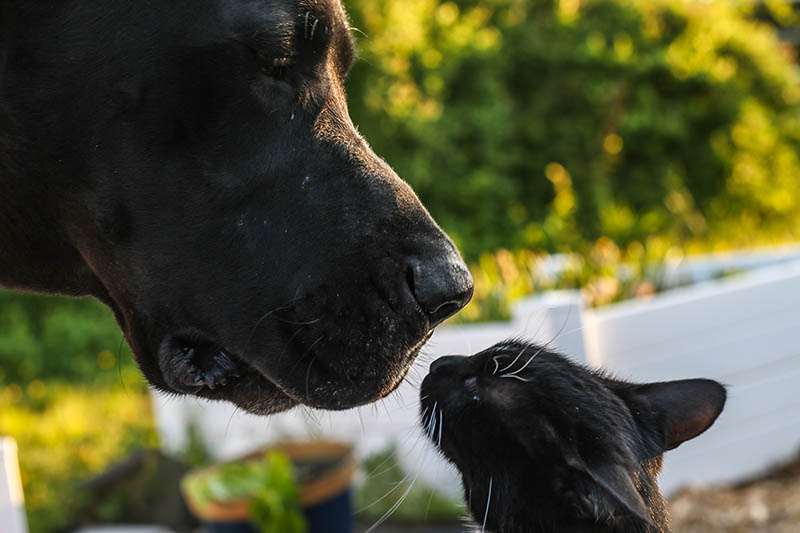
Click to Skip Ahead
Great Danes are generally considered loving, friendly, and surprisingly gentle dogs. They seem to have an inherent understanding of their size and the threat that it causes, and this includes the way that they approach cats.
Great Danes are considered one of the best breeds to keep with cats, although accidents can still happen, and there is no guarantee that your cat will easily welcome a new giant addition to your home without at least some reluctance.
About the Great Dane
The Great Dane is a giant dog breed that is generally regarded as the tallest breed in the world. Welcoming one into your home is certainly not something to undertake on a whim. With that said, they don’t require an excessive amount of exercise, are agreeable and relatively easy to socialize and train, and are considered loyal and loving family dogs. If you do have the physical room for one, a Great Dane can make a great and welcome addition to your home.
Great Danes are said to have an understanding of their size. Typically, this means that they don’t get under your feet, and while they may still try to sit on your lap, they can be gentle and careful around children and even around cats.
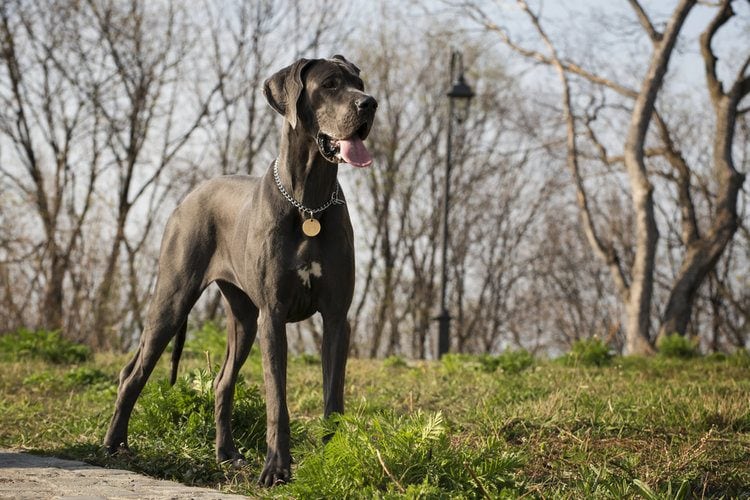
Introducing Your Great Dane and Cat
Of course, there is no guarantee that any dog or any breed will get on with a cat. It primarily depends on the individual’s nature but also on the amount of socialization and training the dog has and how well the dog and cat are introduced.
How to Introduce a Great Dane and Cat
When introducing a Great Dane to a cat, it is important to remember the size difference, especially in the eyes of the cat. Even a relatively small Great Dane is huge compared to the cat and is likely to scare your feline family member, especially if they have no experience with large dogs.
Ensure your cat has an escape route and somewhere to go if the introduction becomes overwhelming. High spots will be beneficial escape spots for your cat, but they will need to be very high up; having alternative routes and hiding places is also a good plan.
Ideally, walk the dog before the first introduction to ensure that they are tired out. This will help to curb some of the enthusiasm for meeting a new animal. Also, stay calm during the interaction. If your cat or dog determines that you are afraid or nervous, they will react to this. Use a calming voice when speaking to both animals and hold the cat while the two are in the same room. Try not to let them get nose to nose straight away, and if the cat gets agitated, remove them from the area.
If things go well, let them meet for a few minutes before moving the cat away. You can repeat this process for a few days, eventually letting go of the cat and letting the animals sniff one another.
Don’t leave the animals alone together during the early meetings. If the Dane gets excited and boisterous, it could accidentally injure the cat, and this will set the whole process back.
Top 5 Other Cat-Friendly Dog Breeds
Great Danes are beautiful and affectionate dogs, but they aren’t suitable for all owners or homes. If you have cats and are looking for breeds of dog that are known to be food with cats, here are five other breeds to consider:
1. Golden Retriever
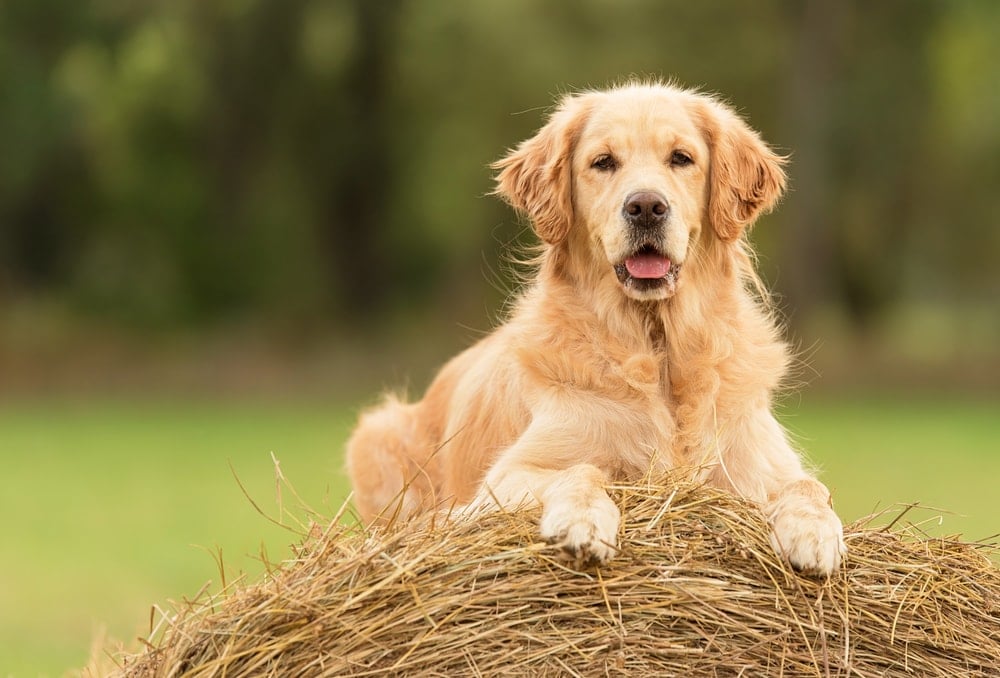
Let’s face it, the Golden Retriever is known to get along with anybody and everything including family, friends, neighbors, the mailman, and even intruders. They also get along well with cats, and you may find that your Goldie and your cat form a close bond over time.
2. Labrador Retriever
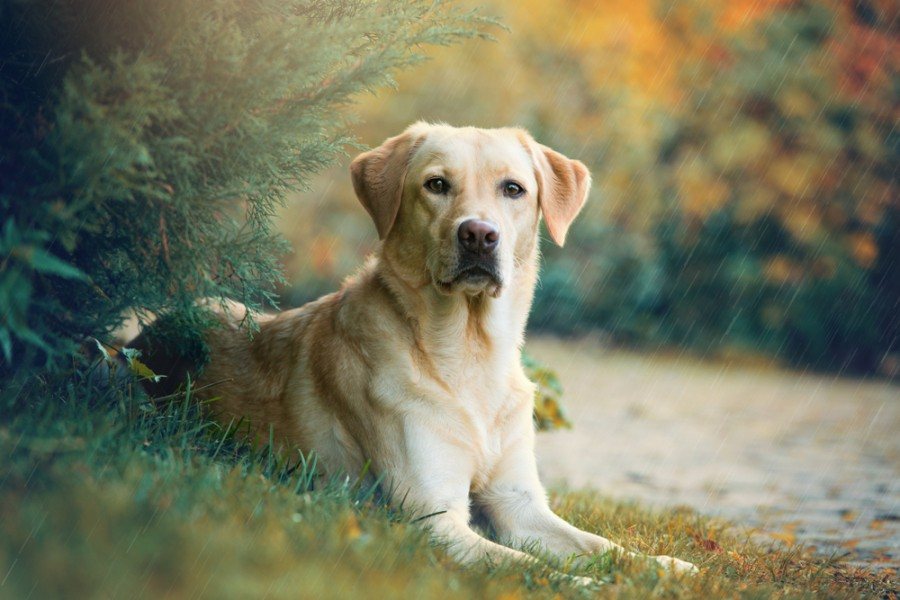
The Labrador Retriever is a close cousin to the Golden Retriever and shares many of its attributes. However, it isn’t quite as level-headed or sensible and tends to have a bit more of a playful, even daft, attitude. If your cat is quite robust and enjoys running around, a Lab could be a good option.
3. Basset Hound
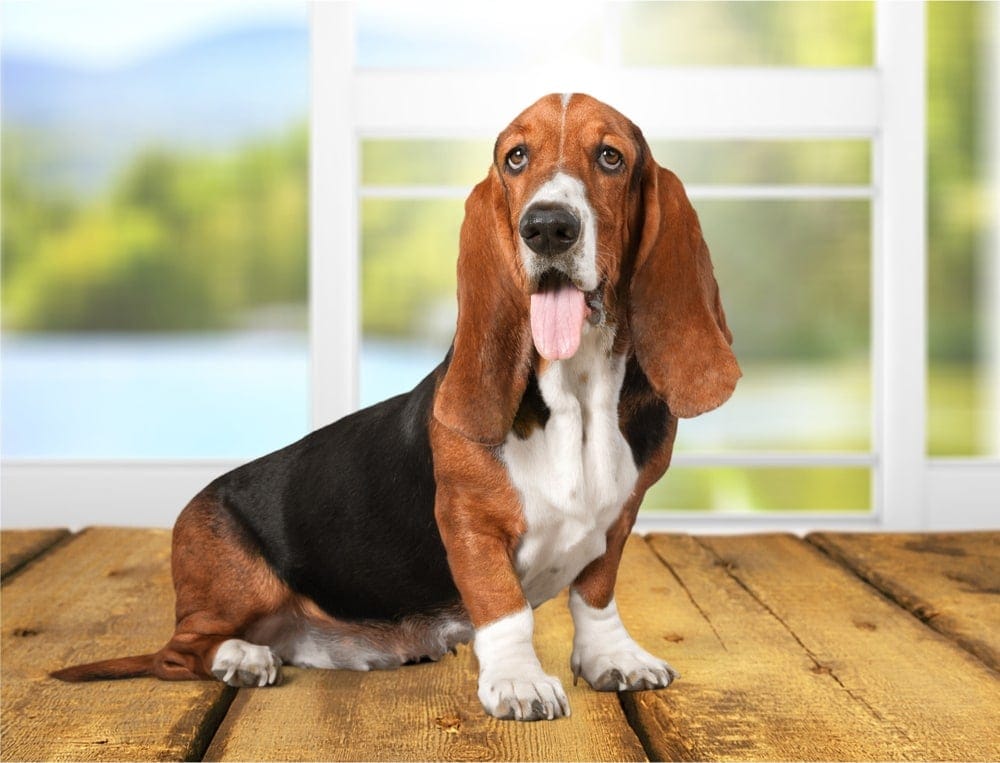
Despite outward appearances, the Basset Hound is actually a skilled hunter. But when they’ve not got their nose to the ground hunting, they tend to have their nose to the ground napping, and, for the most part, they won’t even acknowledge the existence of a cat in their house. Just bear in mind that your Basset might get jealous of the attention you give the cat.
4. Poodle

Poodles come in three sizes, and all are suitable for cats in their own way. The toy is the smallest of the Poodle breeds and will usually be quite playful and may consider the cat one of its own. The Miniature is in the middle in terms of Poodle size and will usually befriend or at least put up with the feline intrusion. The Standard, which is the biggest Poodle size, could probably go several years without acknowledging the cat in their house.
5. Pug
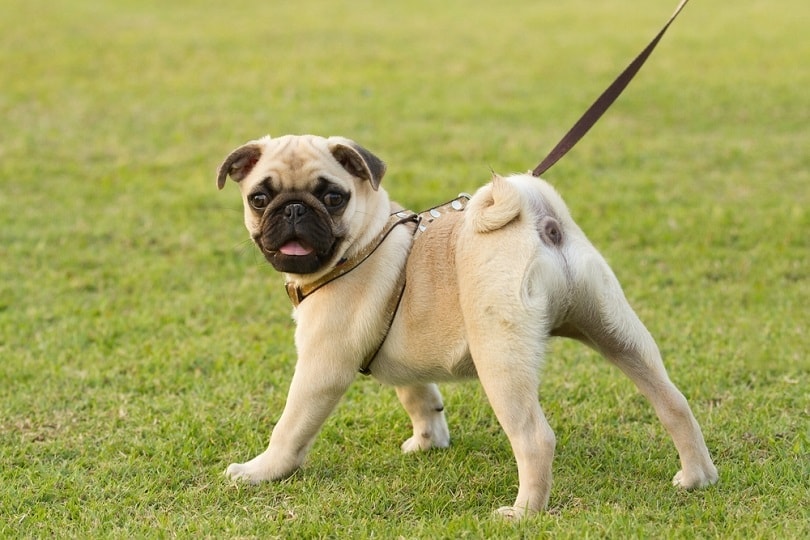
The Pug is a playful and generally friendly dog that is about the same size as a cat. Its goofy nature means that it will probably enjoy having a playmate, so if your cat is more of the relaxed type that prefers a quiet life, you may need to consider a different breed of dog!
Conclusion
Dogs and cats can and do live together in perfect harmony, but certain breeds of dogs are known to get along better with cats than others. The Great Dane’s size means that they can scare cats, but their friendly and loving nature means that they won’t usually do anything to intentionally harm the cat. Of course, their massive frame means that accidents can happen, and if the size does pose too much of a challenge, other cat-friendly breeds make good alternatives.
Featured Image Credit: ButtermilkgirlVirginia, Shutterstock


